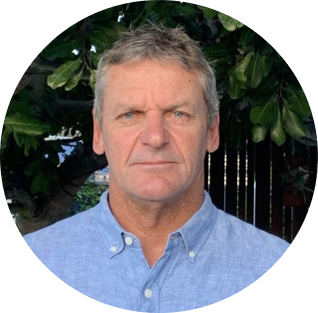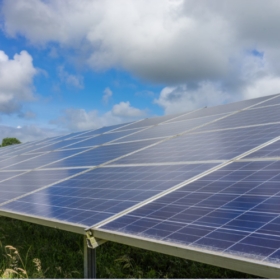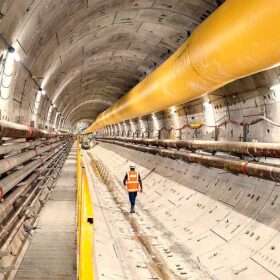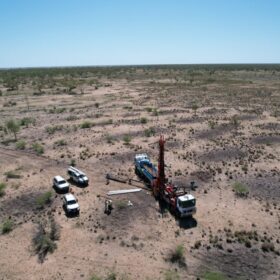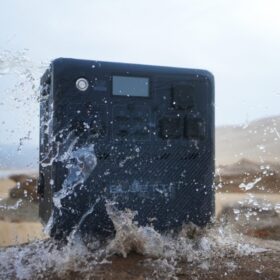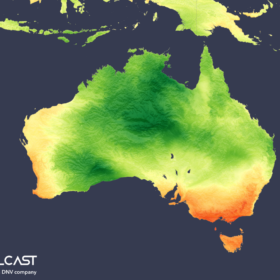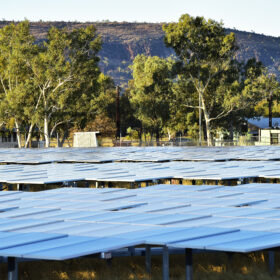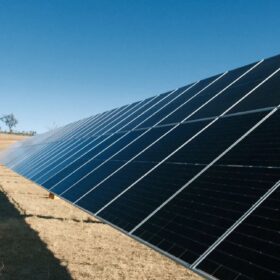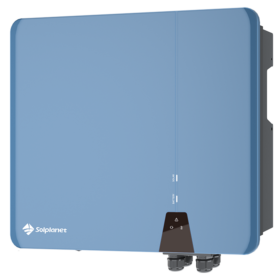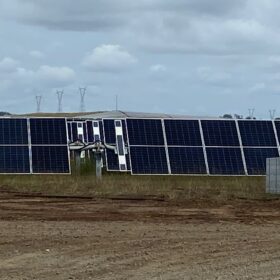CIP acquires majority stake in Elgin Energy
Copenhagen Infrastructure Partners has acquired a majority stake in Elgin Energy that will help the Ireland-headquartered solar developer to transition into an independent power producer and grow its pipeline of projects in new and existing markets, including Australia.
Malaysian player targets 2 GW renewables portfolio for Australia
Malaysian engineering and infrastructure company Gamuda has announced it will shift its focus in Australia to the clean energy and renewables infrastructure market, laying out plans to build a 1 to 2 GW portfolio of solar and wind projects in the next five years.
Idemitsu grabs stake in Graphinex battery materials bid
Australian miner Graphinex’s ambition to establish an integrated graphite mining and battery anode manufacturing business in Queensland has attracted the support of Japanese oil and gas giant Idemitsu Kosan.
Bluetti releases 2.4 kW portable power station
Bluetti has unveiled a new weatherproof portable power station featuring a lithium iron phosphate battery with a power capacity of 1,536 Wh and a 2,400 W rated output.
Australian solar evades clouds to perform in March
Solcast, a DNV company, reports that Victoria, Tasmania, Western Australia, and New South Wales were over-performing solar regions in March. This overperformance in the southeast and southwest came despite most of the Australian continent seeing below-average irradiance, due to thicker-than-usual clouds over the sparsely-populated interior and tropics.
Alice Springs roadmap to renewables calls for urgent action
The central Australian town of Alice Springs is on track to achieve 50% renewable power generation by 2030 but a new report says urgent investment and action is needed to integrate the increasing amounts of renewable energy, including solar PV and battery energy storage, into its isolated grid.
Beijing Energy adds retailer as part of Australian market strategy
Beijing Energy International’s push into the Australian renewable energy market continues at pace with the China-based company striking a deal to acquire energy retailer TPC.
Solplanet to launch new inverter solution for rooftop insallations
China-headquartered inverter manufacturer Solplanet is continuing to expand its product portfolio in Australia with the impending launch of a new three-phase hybrid inverter series designed for residential and small-scale commercial and industrial applications.
Tindo backs SunShot to kickstart solar supply chain
Adelaide-based PV manufacturer Tindo Solar is expected to be among the first applicants for a grant from the Australian government’s $1 billion Solar Sunshot program as it looks to scale up its production capacity to compete in a growing domestic market dominated by imports.
Metis inks power purchase deal for first Australian solar project
Singapore-headquartered renewable energy infrastructure developer Metis Energy has locked in a renewables supply contract for its first major Australian project – the 94 MW Gunsynd Solar Farm being built in southwest Queensland.
